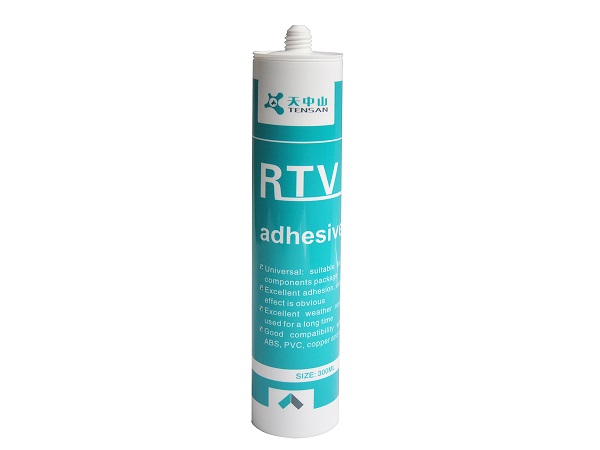Single-component thermal conductive adhesive is widely used for bonding and sealing between PTC sheet and aluminum heat sink, as well as coating and fixing of sensor surface plug-in wire or sheet due to its strong adhesion to the metal surface and difficulty in spalling. It is mainly used in the heat dissipation of CPU radiator, the heat dissipation between crystal tube, wafer and heat sink, heat conduction glue for the electric iron bottom plate, heat conduction of transformer and electronic components fixing and filling. After curing, the two-component heat-conducting potting sealant can be easily removed from the electronic components due to its elasticity, which ensures that the electrical appliances can be repaired and more environmentally friendly.
